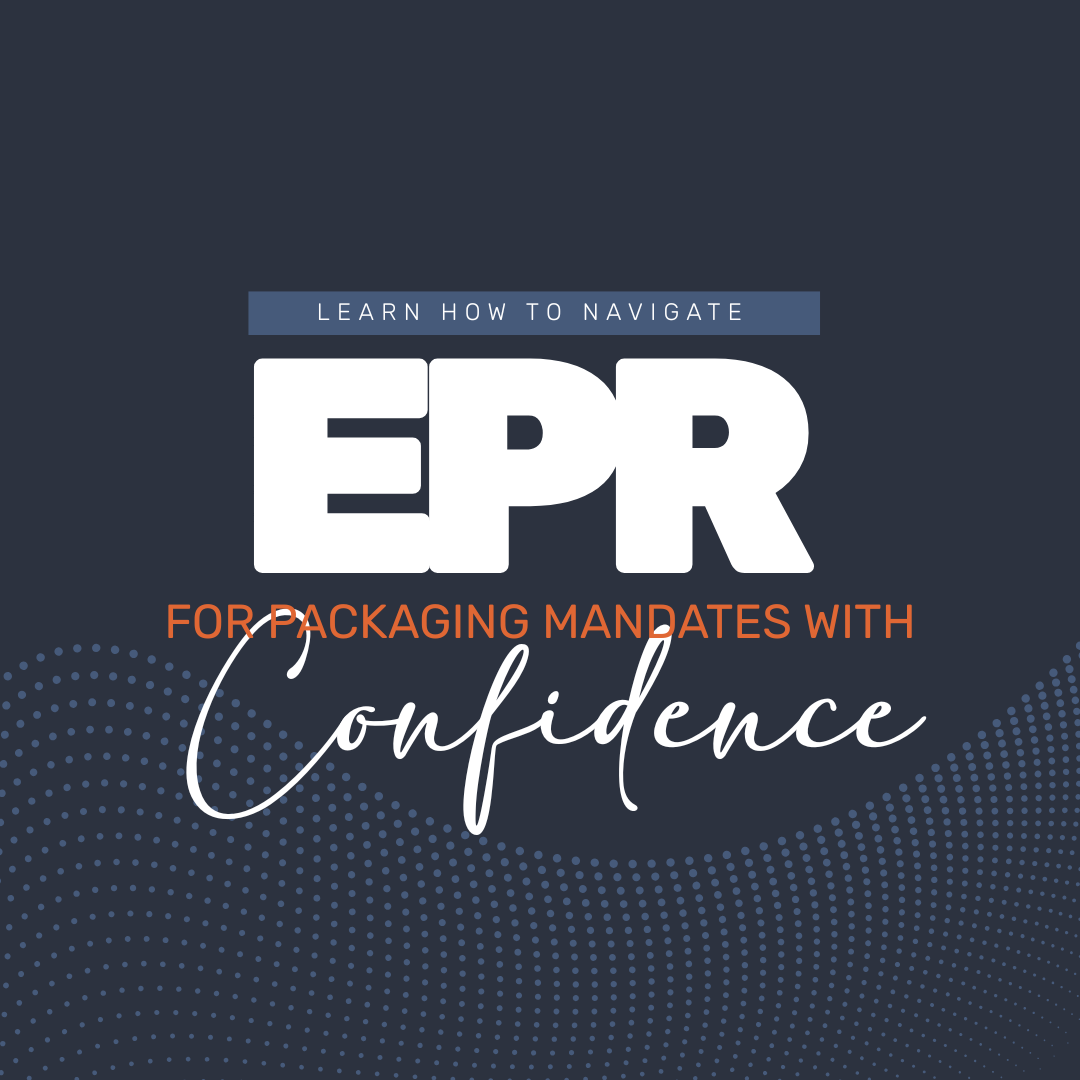Plastic Ingenuity has developed an Extended Producer Responsibility (EPR) video series as part of our EPR Toolkit, designed to help packaging producers understand, prepare for, and comply with emerging state-level packaging laws. Each episode delivers key insights in under five minutes, so you can stay ahead of evolving regulations while supporting your environmental goals.
Understanding Packaging EPR: What Brands Need to Know
To date, California, Colorado, Maine, Maryland, Minnesota, Oregon, and Washington have enacted Extended Producer Responsibility (EPR) for packaging laws, which are in various stages of implementation. These laws hold packaging producers responsible for the entire life cycle of their products, incentivizing recyclable designs, plastic source reduction, and greater use of post-consumer recycled (PCR) content.
While this video series does not provide legal advice, it does offer actionable insights, tools, and industry best practices to help producers reduce environmental impact, meet regulatory requirements, and demonstrate leadership in sustainable packaging. Watch now.
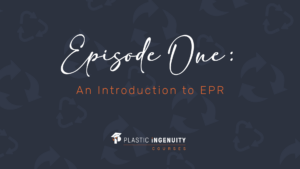
Designing Packaging for Recyclability: EPR Compliance Starts Here
As EPR mandates expand, designing for recycling is no longer optional—it’s essential. Packaging must protect products, attract consumers, and align with modern recycling infrastructure. Thoughtful design fosters a circular economy, keeping materials in use longer and out of landfills. Resources like the APR Design® Guide and How2Recycle labeling program help ensure packaging successfully enters recycling streams. Replace hard-to-recycle materials like PVC and polystyrene with widely recycled resins such as PET. Embedding recyclability into product development not only supports sustainability but also lasting regulatory compliance. Watch now.
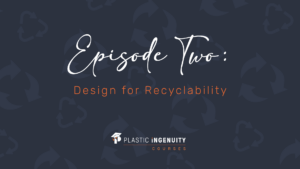
Packaging Source Reduction for EPR Guidance
Using fewer materials in packaging is one of the most effective ways to meet EPR mandates. Beyond environmental benefits, it can also lower production costs. Many EPR laws allow phased targets, so planning incremental milestones is critical for long-term success. Pairing source reduction with increased PCR content can accelerate progress. Tools like Plastic Ingenuity’s Sustainable Packaging Assessment help brands track, measure, and report improvements with transparency. Watch now.
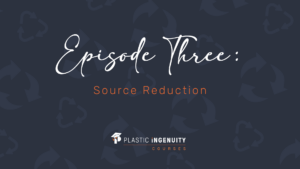
How to Meet PCR Mandates in Packaging
PCR requirements are increasing alongside EPR regulations, aiming to reduce dependence on virgin plastics and increase packaging circularity. Timelines and requirements vary by state, so packaging producers are advised to pay careful attention to jurisdiction-specific mandates. It’s also critical to verify the acceptability of your suppliers’ recycling processes and ensure certified PCR is incorporated into packaging design. Establish systems to track PCR usage and measure sustainability impact. Watch now.
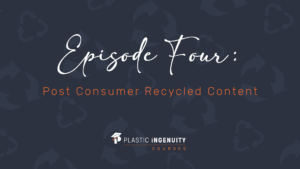
Top EPR Questions Answered: What Brands Need to Know About Compliance
To wrap up the series, Zach Muscato, our Director of Sustainability and Innovation, and Paige Greenberg, Sustainable Packaging Engineer, answer the most common questions about navigating new packaging EPR regulations, giving brands clarity and confidence in their compliance journey. Watch now.
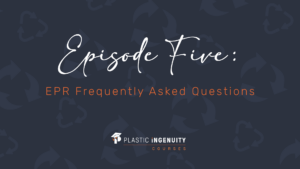
Explore the Full Toolkit
Watch the full EPR video series and access additional resources in our EPR Toolkit to better prepare your packaging portfolio for evolving regulatory requirements and advance your broader sustainability goals.




